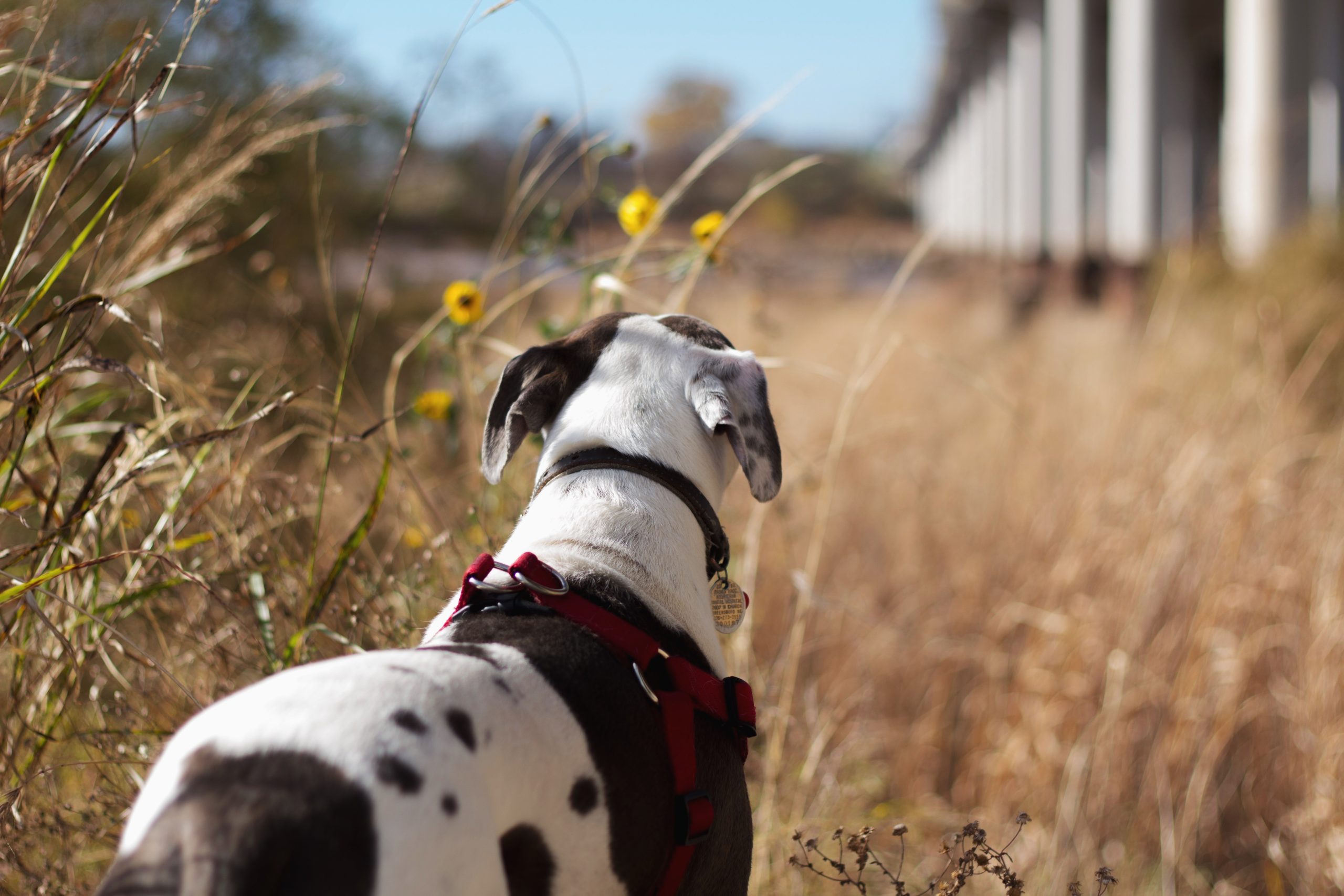How to Measure Your Dog’s Neck for the Perfect Collar Fit
July 19, 2023Selecting the right dog collar for your pet is much more than just picking an accessory; it involves making a decision that can impact your pet’s comfort, control, and safety. From small breeds to large ones, each dog has specific needs that you need to consider when choosing a collar. Let’s delve into this comprehensive guide to make an informed decision for your furry friend.
Understanding the Purpose of a Dog Collar
A dog collar serves multiple functions. It’s a means of control for the owner, a place for ID tags and licenses, a fashion statement, and a training tool. Therefore, it’s crucial to find a collar that serves all these functions without compromising the comfort and safety of your dog. Dog collars are primarily essential because they give you control over your pet and are a legal requirement in many jurisdictions.
Different Types of Dog Collars
There are several types of dog collars to choose from, each suitable for different circumstances, and designed for various needs and types of dogs. Here’s an expanded breakdown:
- Flat Collars: These are the most common type of collars. They are comfortable, easy to put on, and suitable for hanging ID tags. They’re best for dogs that are non-aggressive and do not pull on the leash excessively.
- Martingale Collars: These collars are perfect for dogs with smaller heads relative to their necks, like Greyhounds and Whippets, as they prevent the dog from slipping out of them. These collars tighten slightly when pulled, providing control without choking.
- Head Collars: Also known as head halters, they fit around the dog’s muzzle and neck, giving you control over your dog’s head and, subsequently, the direction in which your dog moves. They require training to be used safely and effectively.
- Harnesses: They fit around the dog’s chest and back, spreading the force of pulling across the body rather than concentrating it on the neck. They’re ideal for small breeds, breeds with short noses like Pugs and French Bulldogs, and dogs with respiratory or trachea issues.
- Slip Chains (Choke Chains): These metal collars are used for training purposes, specifically for teaching your dog to walk correctly on a leash. They should be used with caution and ideally under the guidance of a professional trainer.
- Prong or Pinch Collars: They are designed with metal links that pinch a dog’s neck when you pull the leash. While these can be effective for training large, stubborn, or highly energetic dogs, they should only be used under the guidance of a professional dog trainer.
- Electronic Collars: Electronic collars (or e-collars) deliver a static correction to dogs. They’re often used for training in hunting, tracking, and off-leash situations. The effectiveness and humane nature of these collars are hotly debated among pet professionals.
Selecting the Right Collar for Your Dog’s Breed
Choosing the right collar involves considering your dog’s breed, size, behavior, and health. Some breeds are predisposed to certain medical conditions which could be exacerbated by the wrong type of collar. Others might have a body shape that doesn’t work well with some collar types.
| Breed Type | Recommended Collar |
|---|---|
| Small Breeds (Chihuahuas, Dachshunds) | Harnesses or Small Flat Collars |
| Large Breeds (Labradors, German Shepherds) | Large Flat Collars, Martingales |
| Breeds with Small Heads (Greyhounds, Whippets) | Martingale Collars |
| Strong, Energetic Breeds (Huskies, Boxers) | Head Collars, Harnesses, Prong Collars |
| Brachycephalic Breeds (Bulldogs, Pugs) | Harnesses |
How to Measure Your Dog for a Collar
Proper fit is critical for your dog’s comfort and safety. An improperly fitted collar can cause discomfort, and in severe cases, injury. To measure your dog for a collar, follow these steps:
- Use a flexible measuring tape, to measure your dog’s neck where the collar normally sits, at the widest part of the neck.
- Add two inches to this measurement if you have a small to medium-sized dog, and three inches for large dogs.
- The general rule of thumb is that you should be able to fit two fingers between the collar and your dog’s neck.
Top Dog Collar Brands to Consider
The market is flooded with pet products, and dog collars are no exception. Here are some trusted brands to consider:
- Blueberry Pet: Known for its variety of styles and high-quality materials.
- If It Barks: Offers hand-crafted Martingale collars made to last.
- KONG: A popular name in pet products, known for its durable products, perfect for large and energetic breeds.
- Puppia: This brand’s harnesses are a favorite among small breed owners.
Frequently Asked Questions
Q: Can a dog collar be too tight? Yes, a collar that’s too tight can cause discomfort, difficulty in breathing, and even injury. Always ensure you can fit two fingers between the collar and your dog’s neck.
Q: Are collars bad for dogs? No, when chosen correctly and used appropriately, dog collars are safe. However, incorrect sizing, inappropriate types, or using them for prolonged periods without breaks can lead to problems.
Conclusion
Choosing the right collar for your dog involves a mix of understanding the purpose of various collars, knowing the specifics of your breed, and measuring your dog correctly. With this guide, you’re well on your way to making a sound decision that will keep your pet safe, comfortable, and looking their best.


